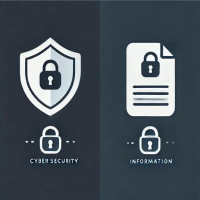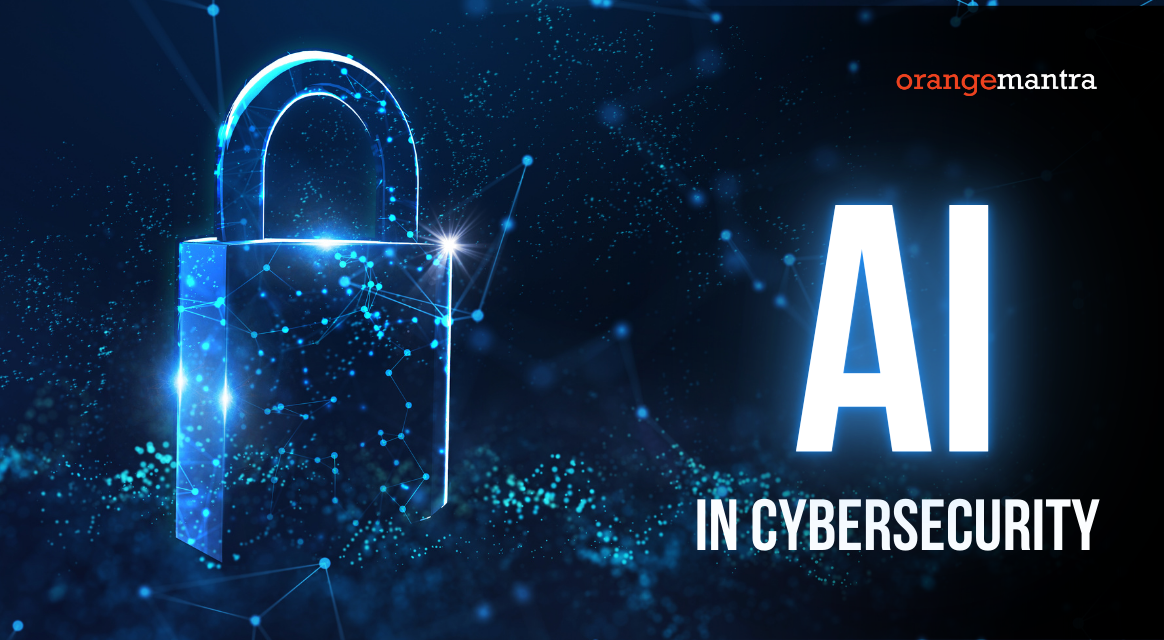Ransomware Protection
Simple Definition for Beginners:
Ransomware protection involves measures and strategies to prevent and respond to malicious software that locks you out of your data or systems until a ransom is paid.
Common Use Example:
A business installs antivirus software, regularly backs up data, and trains employees on recognizing phishing emails to prevent ransomware attacks.
Technical Definition for Professionals:
Ransomware protection encompasses a comprehensive set of security practices and technologies designed to defend against ransomware attacks, which involve malicious software that encrypts files and demands payment for their release. This protection strategy includes prevention, detection, and response mechanisms.
- Key Components of Ransomware Protection:
o Endpoint Security: Utilizing antivirus and anti-malware software to detect and block ransomware at endpoints.
o Regular Backups: Maintaining regular backups of critical data to ensure recovery in the event of an attack.
o Email Filtering: Implementing advanced email security measures to block phishing emails and malicious attachments, which are common vectors for ransomware.
o Network Security: Deploying firewalls, intrusion detection systems (IDS), and intrusion prevention systems (IPS) to safeguard the network.
o User Education: Training employees to recognize and avoid phishing attempts and suspicious downloads.
o Access Controls: Enforcing strict access controls and least privilege policies to limit the spread of ransomware within the organization.
o Patch Management: Regularly updating and patching software and operating systems to close security vulnerabilities.
- Advanced Techniques:
o Behavioral Analysis: Using machine learning and AI to detect unusual behavior indicative of ransomware activity.
o File Integrity Monitoring: Monitoring changes to files and systems to detect and respond to ransomware encryption attempts.
o Incident Response Planning: Developing and rehearsing a ransomware-specific incident response plan to ensure a quick and effective response.
- Importance and Benefits:
o Minimizing Downtime: Effective ransomware protection minimizes business disruption and operational downtime.
o Protecting Data Integrity: Ensures the integrity and availability of critical business data.
o Reducing Financial Impact: Helps avoid ransom payments and reduces the financial impact of an attack.
o Maintaining Customer Trust: Protects the organization’s reputation and maintains customer trust by safeguarding their data.
Ransomware Protection

